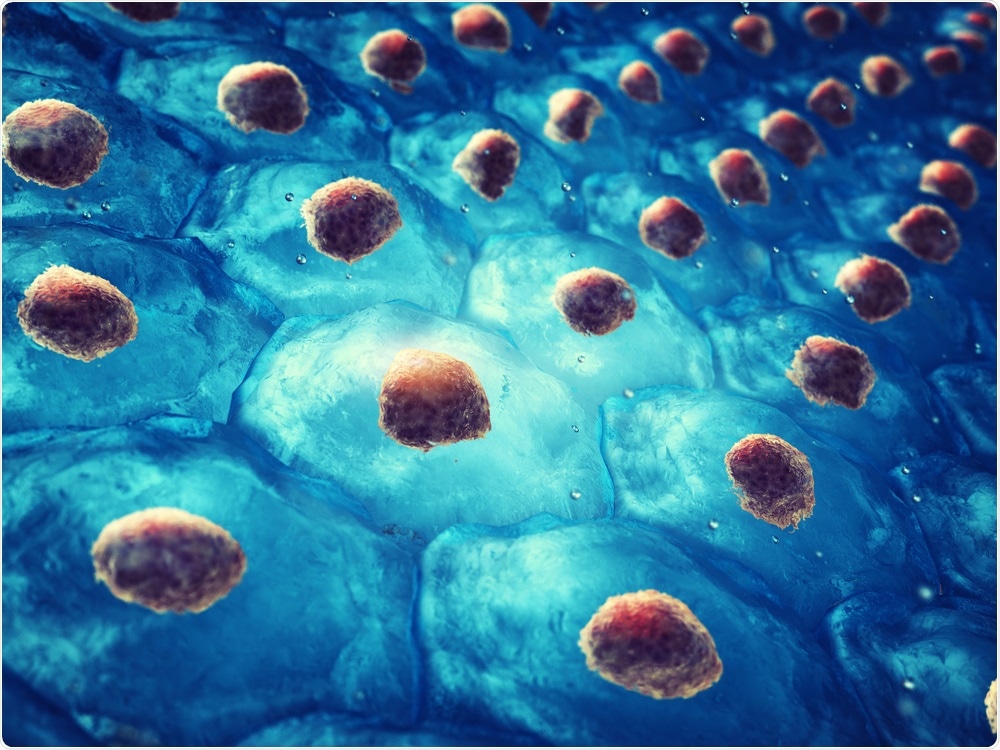
Mutational burden of stem cells studied to improve disease models and therapies
Researchers from the University of California have characterized the mutational burden of human induced pluripotent stem cells (iPSCs), potentially improving researchers’ ability to prioritize stem cell lines for models of human disease and/or therapies.

© nobeastsofierce/Shutterstock.com
Human iPSCs, which have the potential to differentiate into any type of human body cell, are widely studied by researchers, but a full understanding of their mutational burden is lacking.
These stem cells are reprogrammed from bodily tissues, including skin cells that can acquire many non-inherited (somatic) mutations as a result of exposure the sun and UV light.
Although researchers have previously identified and characterized some somatic mutations in iPSCs, there is still not a full understanding of their mutational burden, even though more than 1,000 iPSC lines have been developed globally.
As reported in the journal Cell Reports, Kelly Frazer and colleagues have now identified and characterized somatic mutations in 18 iPSC lines derived from reprogrammed skin cells using whole-genome sequencing, transcriptome and epigenome data.
"Induced pluripotent stem cells represent a huge opportunity for science and medicine, but to truly and effectively use them we need to more completely understand their mutational burden. If we can detect somatic mutations for each iPSC line on an individual basis, we can use that information to prioritize iPSC lines for models of specific human diseases and/or transplantation therapies," says Frazer.
As well managing to further characterize two classes of somatic mutations, the team also found two new classes, one being mutations in the parental cell caused by UV damage and the other being subclonal mutations that were not in the parental cell, but arose during reprogramming.
Importantly, the team found that although most of the mutations occurred in epigenetic regions associated with closed chromatin and did not influence gene expression, the subclonal mutations that arose through reprogramming demonstrated a greater association with active chromatin and did alter gene expression.























.png)











No hay comentarios:
Publicar un comentario